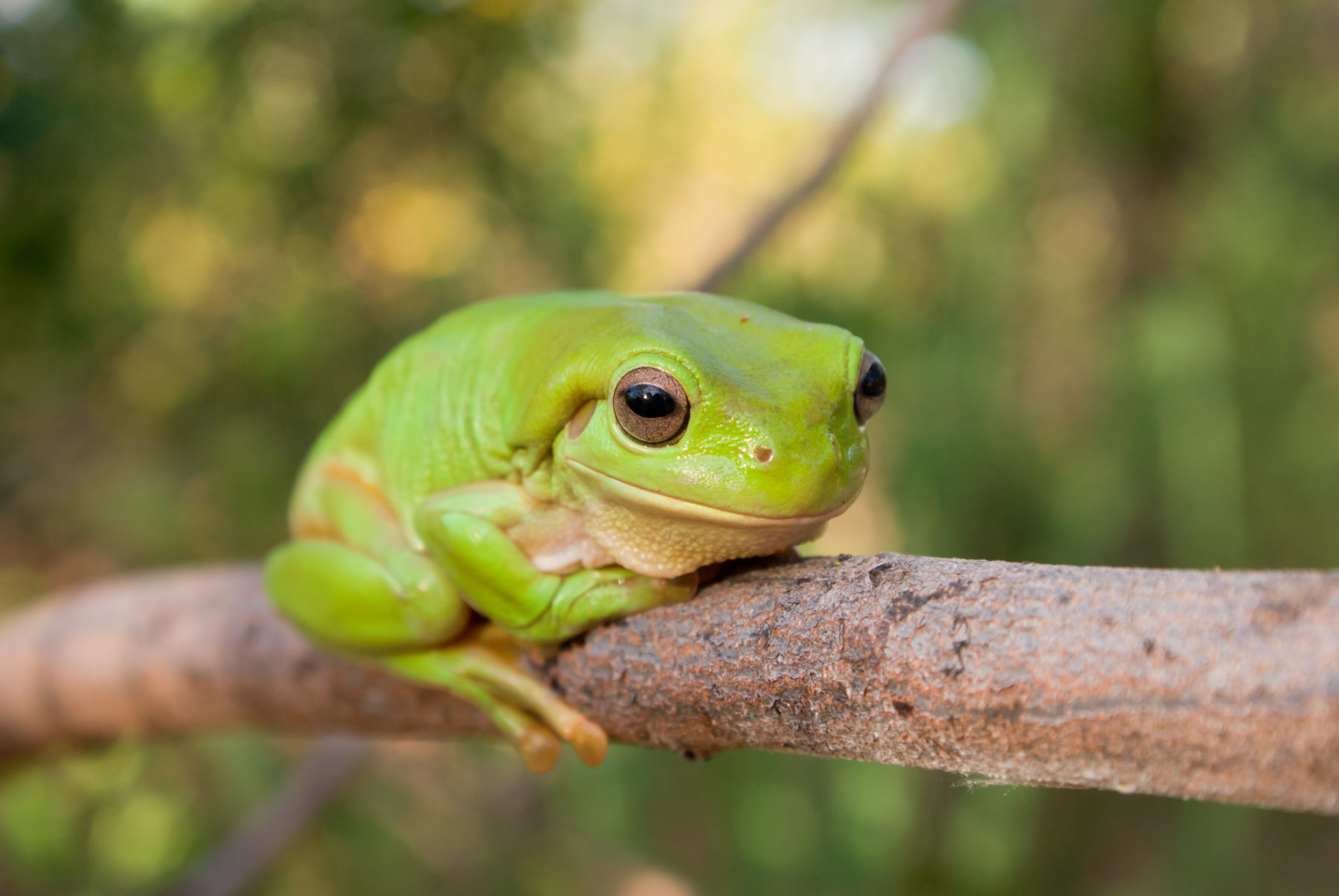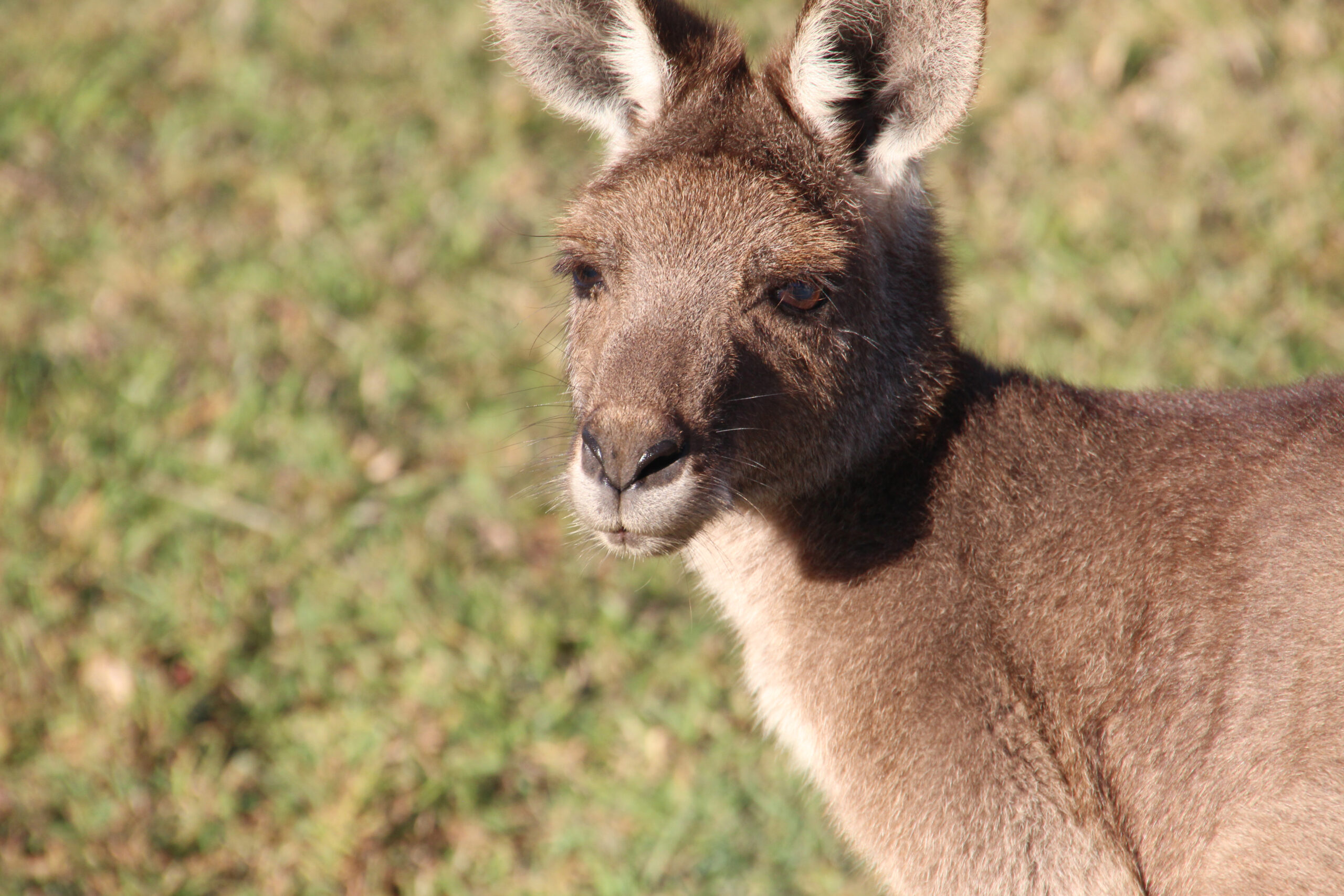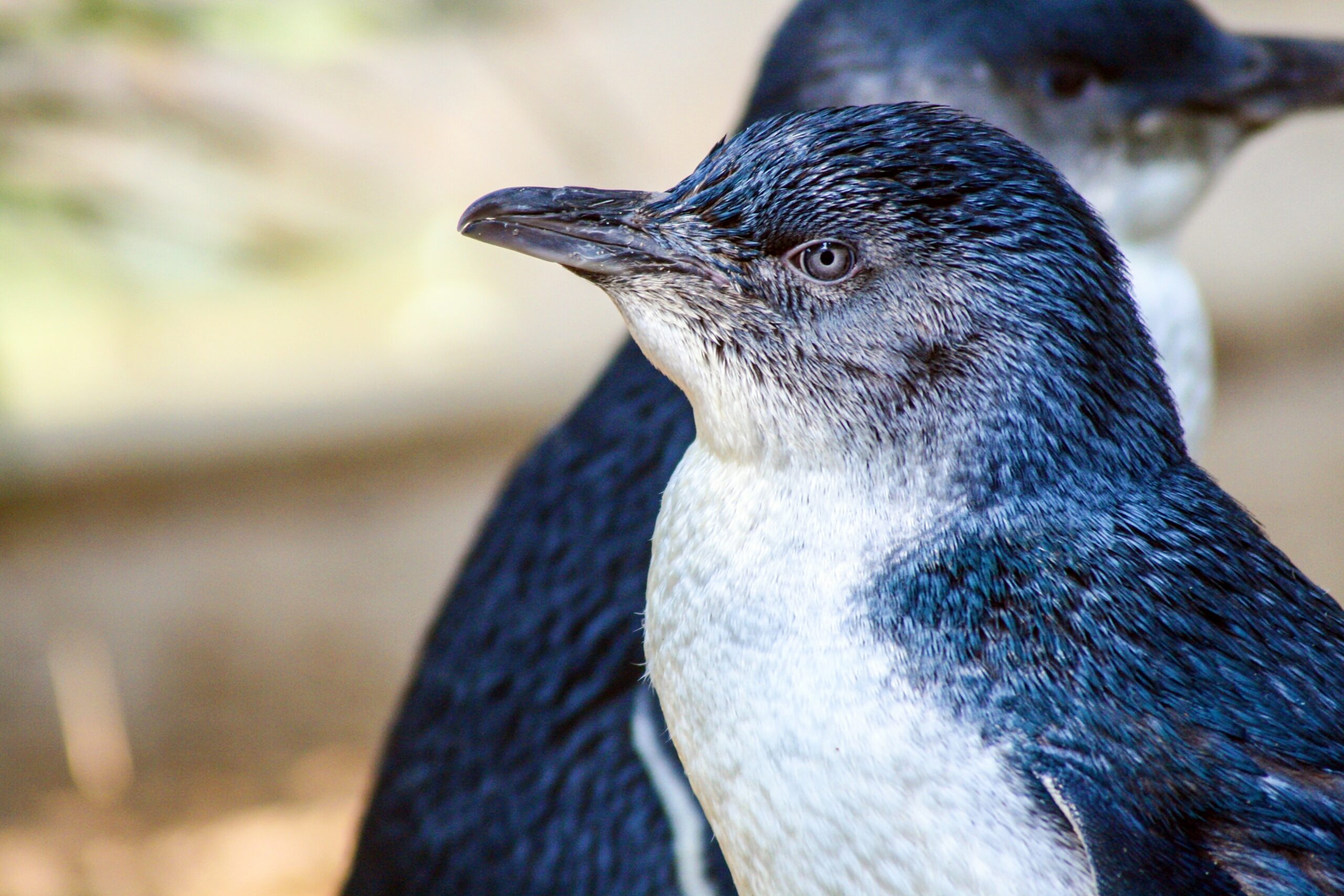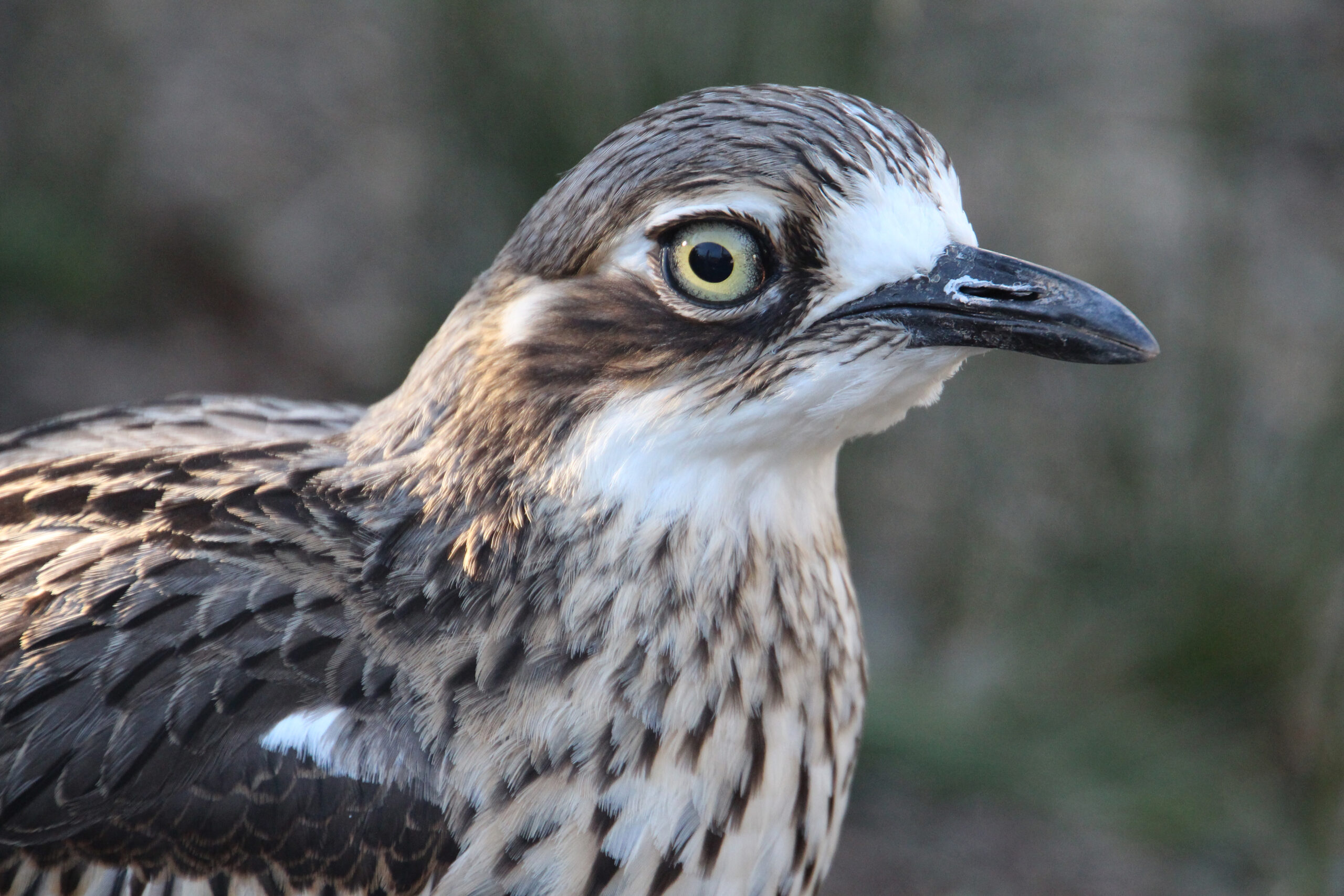| Common name | Green tree frog |
| Scientific name | Litoria caerulea |
| Type | Amphibian |
| Diet | Insects, spiders and other small mammals, frogs and geckos |
| Average lifespan | Up to 16 years in captivity |
| Size | An average of 10cm long |
One of the most photogenic and beloved frogs hopping across Australia, the green tree frog is hard to mistake, with its bright green skin, golden eyes and tell-tale flat discs on its fingers and toes for climbing. A robust amphibian, the common green tree frog (Litoria caerulea) can be found in most environments from deserts to costal swamps and even dry vine thickets across Australia and Papua New Guinea, but you won’t catch this frog in dense tropical rainforest.
Preferring to tuck away out of sight in crevices, tree hollows, amongst plants and even under your outdoor toilet lid during the day, the green tree frog emerges at night to feast on insects, spiders, and other small mammals such as lizards, snakes, and even tiny bats. Catching their meal in their strong jaw, the green tree frog then uses its hand to help force the food down.
Green tree frogs ‘drink’ water through their skin, which also produces a fluid that is thought to be antibacterial and antiviral. The green tree frog communicates with a low, repetitive ‘crawk, crawk, crawk,’ especially when its raining, with male frogs using an inflatable bag under their jaw to help project their call to a potential mate during breeding season.
Breeding takes place in permanent water sources like swamps, puddles, and ponds, with green tree frogs able to lay between 1000 and 2000 eggs per year. Being amphibians, green tree frogs begin their lives as water-dwelling tadpoles then transition into air-breathing frogs and can live between 16 and 20 years in captivity. Birds, dogs, cats, and cane toads are among the many predators who prey on the green tree frog, with their ability to climb and hide in trees, a helpful adaptation to avoid becoming dinner.





